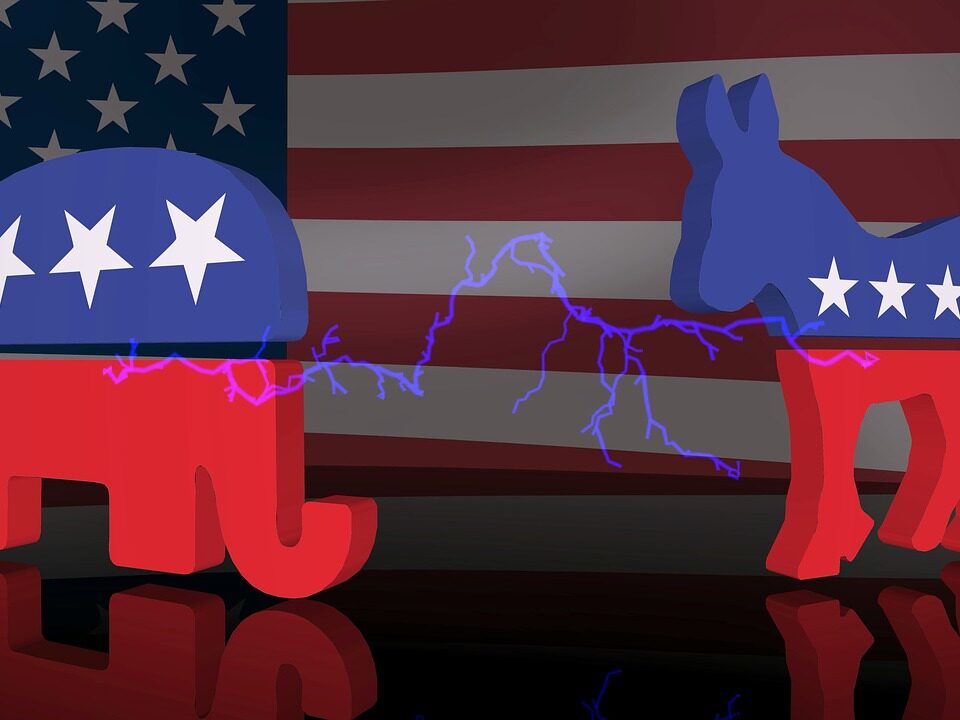
How Being a Big Man Might Matter
December 19, 2021
The $50 That No One Wanted
December 21, 2021It’s tough to tell how many countries your food or phone were in before they wound up in your home. Cod that is caught off the coast of Scotland could be filleted in China and then head back to Scotland. A smartphone’s 300 or so components could include microchips from Taiwan and lithium from Australia in a battery from Korea. Its Kentucky-made shatterproof glass could have started as sand in Minnesota.
The links in supply chains used to be predictable. We knew where, when, and how goods traveled.
Not any more.
Supply Chain Tangles
Recently, the new stove that I ordered took months to arrive. Its delay reflects what was happening everywhere. The following numbers convey the impact of the supply chain tangles that postponed my delivery and countless others.
Pre-pandemic:
71 days
It took 71 days for a container to travel from Shanghai to a Los Angeles port. Then, on a truck it went to a Chicago warehouse and back to LA, empty for the return trip.
Now:
117 days
Pre-pandemic:
10 days
It took 10 days for a loaded truck to do the LA to Chicago link of the supply chain.
Now:
22 days
Pre-pandemic
20 days
The return back to LA from Chicago had been 20 days.
Now:
33 days
Pre-pandemice:
$1,500
It had cost $1,500 to move a container across the Pacific.
Now
As much as $15,000
When Covid created disruptions at China’s factories and ports, it slowed the flow of goods down to a trickle. At first we had empty vessels with nowhere to go. Soon though, with few having the flexibility to adjust, these huge container ships needed to accommodate a flood of new and sometimes different orders. They were neither ready nor able. Then, compounding the delays and cost, in the U.S., we have the port wait times in LA, a shortage of truck drivers, and warehouses that are too full for new orders. We also have U.S. factories that focus on industrial goods–not what consumers want. And, adding to the supply chain tangles, remember how the Ever Given blocked the Suez Canal?
Our Bottom Line: Pandemic Recession
Usually during a recession, people have less in their wallet and spending declines. With the pandemic recession, the break in spending was a blip. After just one month, we rapidly reversed. But this time the recovery was different. Instead of returning to the normal 69%/31% balance between goods and services spending in the GDP, we tilted a bit more to goods because of lockdowns and Covid concerns.
Below, the NY Fed shows us that goods spending exceeded 2019 levels by almost 20% while services dipped:

That new balance tangled our supply chains.
My sources and more: Together, a book —Arriving Today–and a WSJ interview created a picture of our supply chain problems. Then the NY Fed completed the picture.
![econlifelogotrademarkedwebsitelogo[1]](/wp-content/uploads/2024/05/econlifelogotrademarkedwebsitelogo1.png#100878)




